13 Rules of OA Product Research Tested by Pain and Gain of Amazon Seller
Download Amazon Seller Guide
This guide will help you get started, understand the basics of Amazon selling, and explain in simple words how it all works.

Nowadays, Online Arbitrage (OA) is a popular sales model on Amazon. That is justified since you can start it with low investment and scale your business step by step as you get to know more about Amazon sales.
At the same time, arbitrage has a challenge I learned from my own experience — it’s a very time-consuming process because you need to research new products constantly.
Hi! My name is Oleg. I’m the developer and owner of Seller Assistant App - an Amazon product research extension. There’s much I can tell you about product research.
What was my conclusion after researching thousands of products myself?
Frankly, this is a boring and exhausting routine. If you want to be successful on Amazon, 80% of your time will be occupied by this highly tedious and tiresome process.
However, laziness is the engine of progress. It turned out to be easier for me to create a tool that automates the verification of most product metrics or at least displays them in a way convenient for analysis. That's how I developed the Seller Assistant App, which became my time-saver.
Seller Assistant App’s users have already analyzed millions of products with this extension. Based on this experience, I created a checklist that helps avoid most of the mistakes and issues during product research.
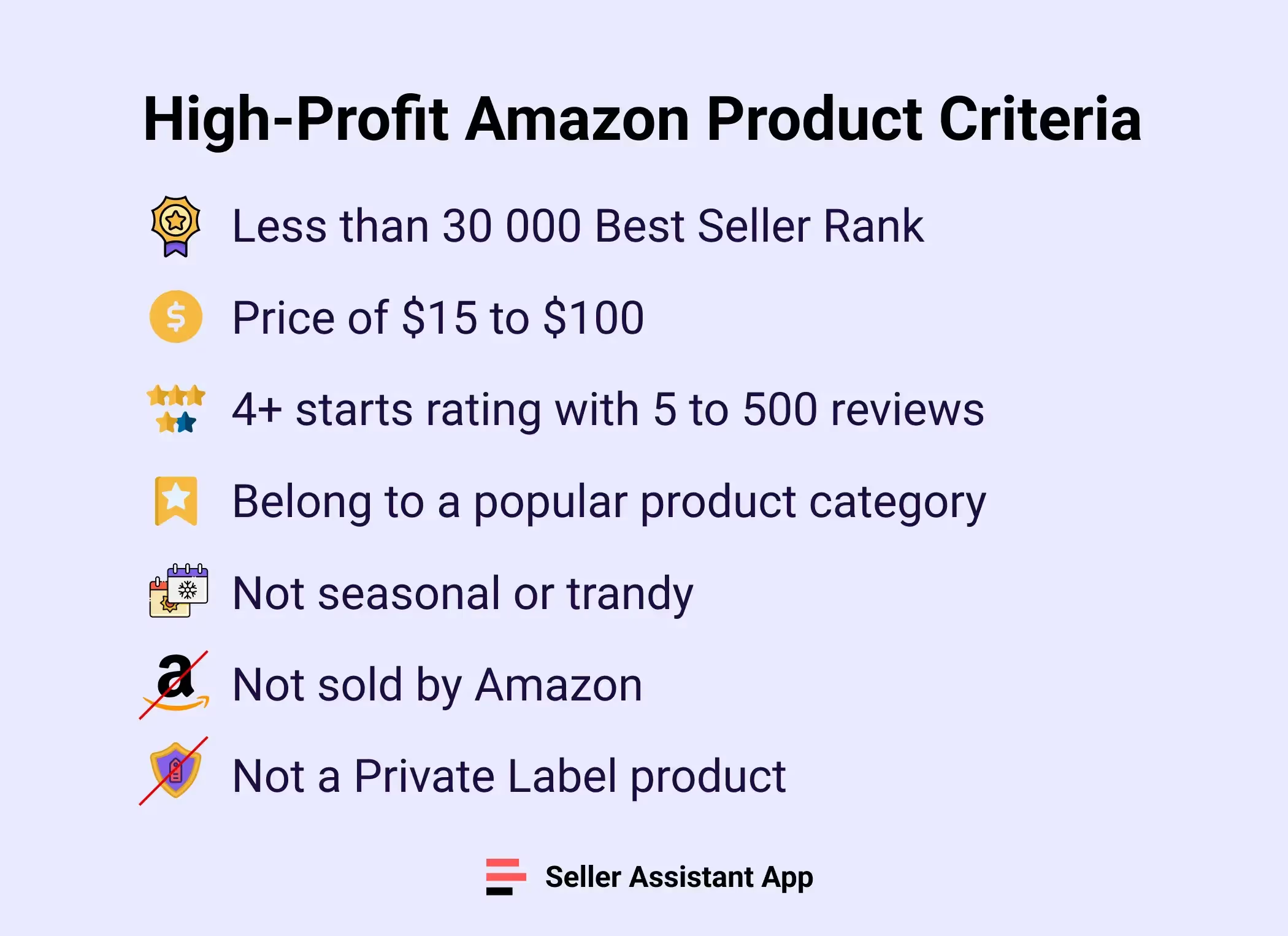
The first thing you do when researching a product, you open the listing on Amazon and try to understand if the product is suitable for reselling. Where should you start? Below you can find the list of metrics you must check out.
Related: The Most Important Amazon Seller Metrics for FBA Businesses
5 Steps to Grow Your Amazon Online Arbitrage Business
1. Remove Redundant Data from the Link
Start with deleting redundant data from the link. If you’ve got a referral link, it may include filters, and you won’t be able to see the complete product information. For instance, you may see only the offer from a single seller, not from all of them.
To access the complete listing information, you need to remove the right part of the link, starting with ref=.
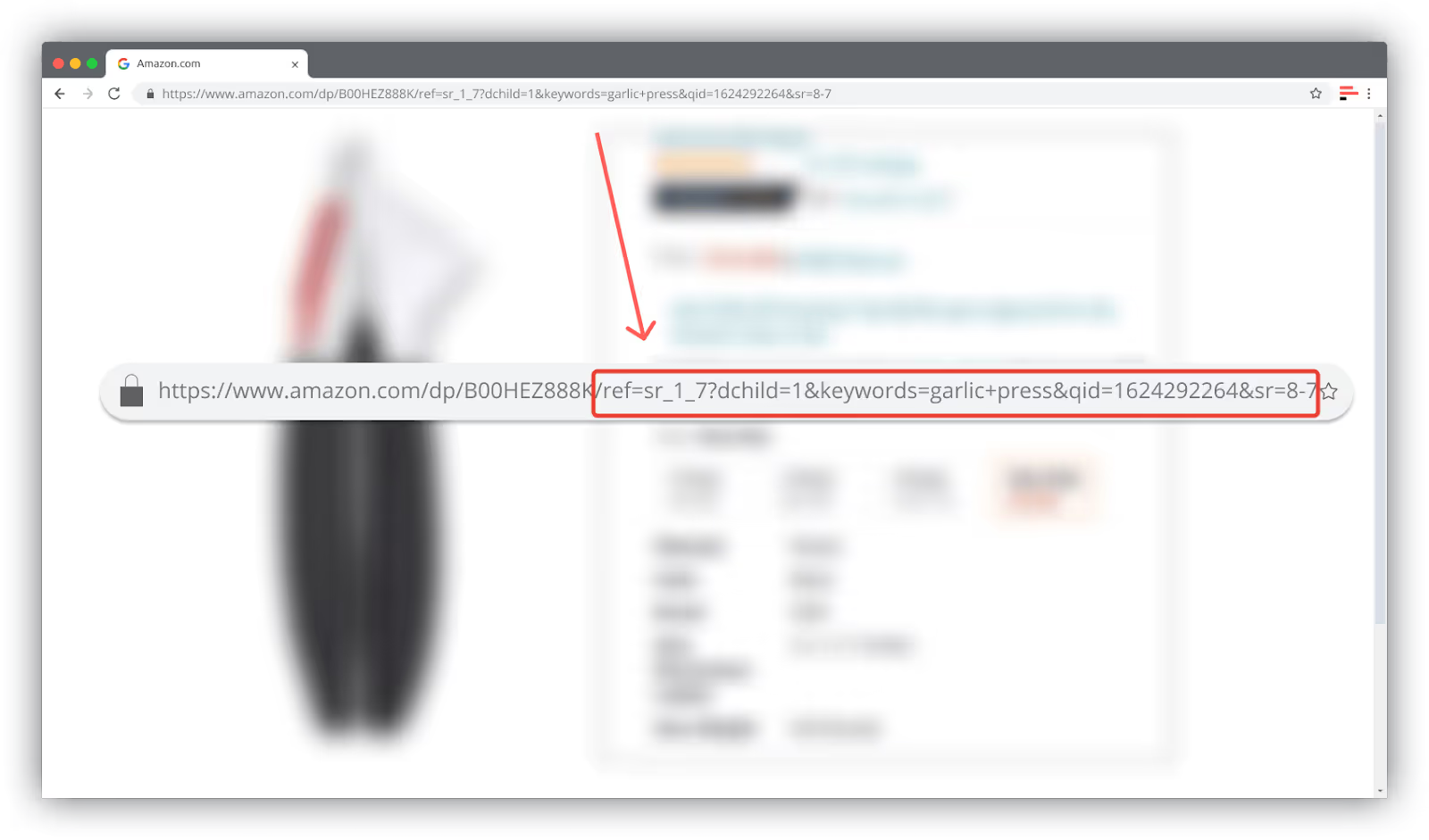
Related: 5 Strategies To Increase Amazon FBA Sales
What Are Online Arbitrage Deals. Where To Find Them?
2. How Much Does the Product Sell and What Is the BSR?
Best Sellers Rank (BSR) is one of the key product metrics. Naturally, you’ll consider only the popular products. Amazon doesn’t tell you the product’s sales volumes. However, there is a metric that indirectly indicates how well the product sells on Amazon – it’s called BSR.

What do you need to know about BSR?
- BSR is a relative metric - it doesn’t show the number of sales. It only indicates how the product sells compared to other items in the category. In other words, BSR doesn’t show how good the product sells in general; it just tells you that the product sells better or worse than other items in its group.
- When sales grow across the category, the BSR can remain unchanged.
- The lower the BSR, the better the product sells.
- It has a cumulative effect. It is affected by the product’s sales history. If a product was selling well and then all of a sudden its sales dropped, BSR would not go up immediately; it will increase gradually.
Many seller tools help estimate sales by BSR. You should select a product with the number of sales you consider profitable.
Related: 10 Reasons Why People Fail With Amazon FBA Online Arbitrage
Amazon Online Arbitrage: How to Make Money
3. Check the product for Private Label
A product that looks very profitable can turn out to be a Private Label. That is a trademarked item for which only one seller holds all rights. You can’t sell such products.
How to understand that the product is a Private Label? Simple enough.
Typically, that’s an item with a single seller in the listing. Often the brand name is the same or similar to the seller's name. An example is the Anker brand and AnkerDirect seller.
Products that are not Private Label usually have multiple sellers.
Related: 13 Ways to Make Money on Amazon in 2023
Amazon Restricted Products: Complete Guide for Sellers
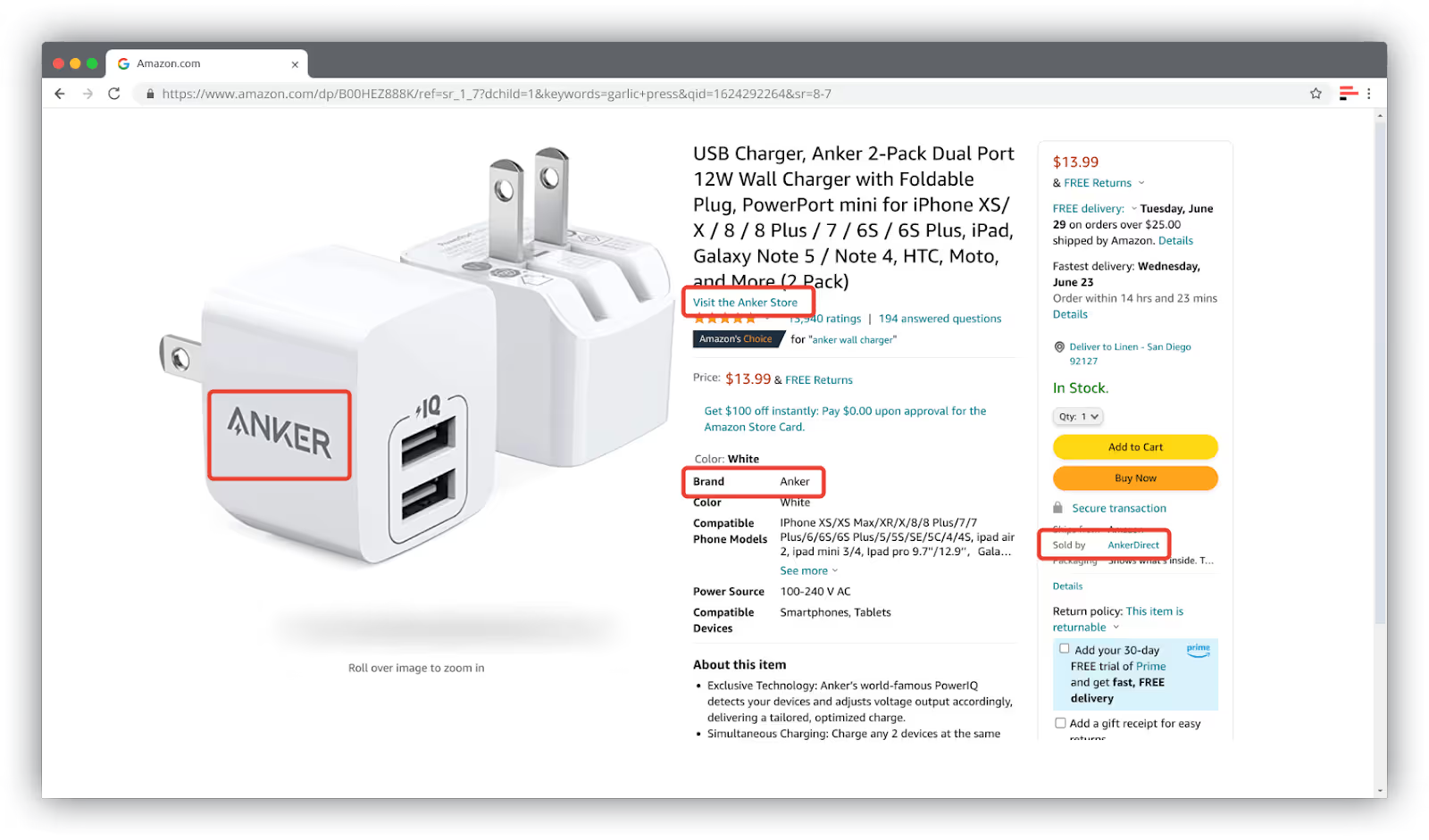
Related: Best Online Arbitrage Websites for Lead Sourcing
Is Online Arbitrage Dead for New Sellers in 2024?
4. Does the Buy Box Price Fluctuate?
On Amazon, one and the same product is typically sold by several sellers. Each of them has its own price and shipping terms. Amazon's algorithms select one seller to appear next to the "Buy Now" button. In Amazon slang, it's called "winning the Buy Box" or "Buy Box seller."
When a shopper purchases a product, the order will go to the seller in the Buy Box. That is why there’s cutthroat competition for it, including dumping and repricing.
Below you can see what it looks like on the price chart.
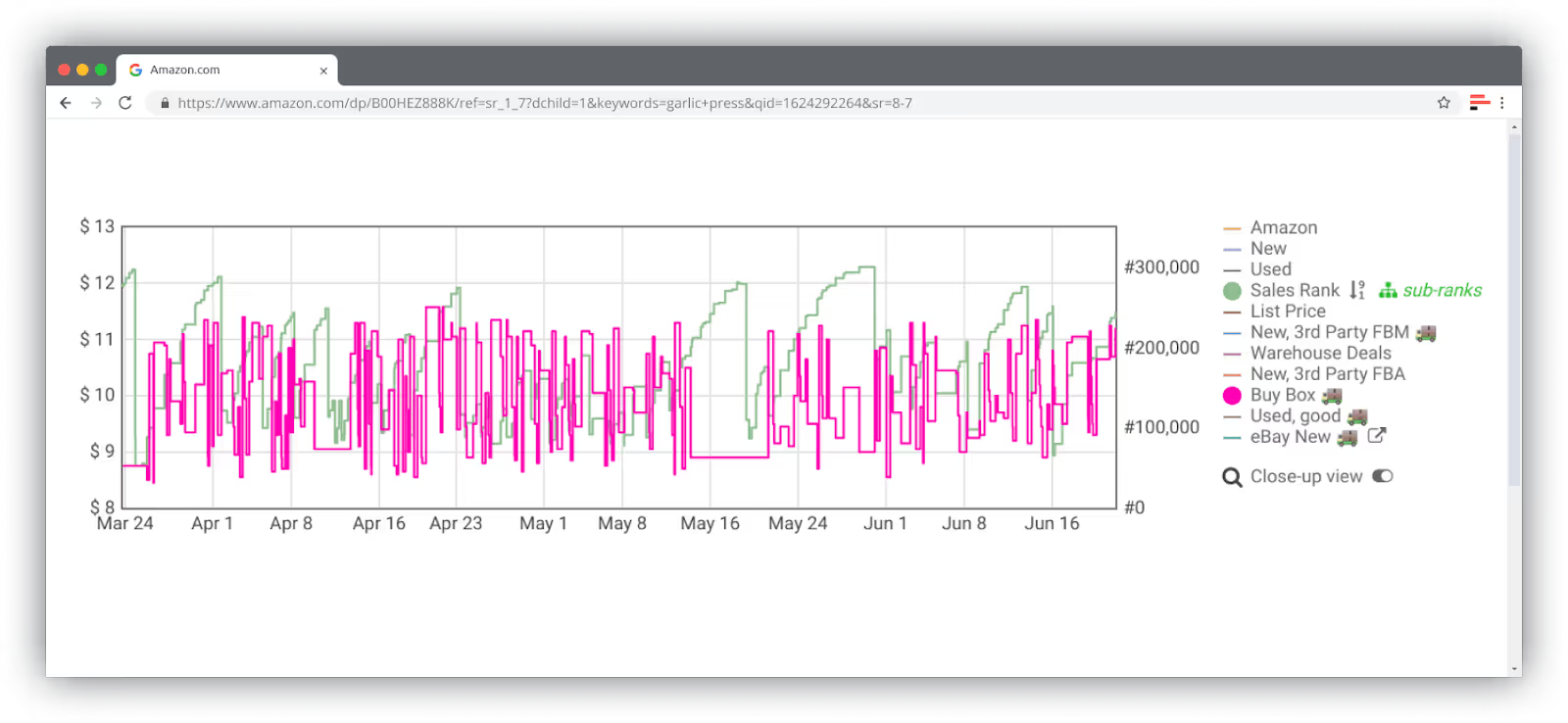
Related: Best Product Ideas for Amazon FBA in 2024
If the price goes up and down all the time, it indicates that the sellers are aggressively fighting for the Buy Box. Most likely, it will be difficult for a beginner to survive in this race and make a profit.
It often happens so that the Buy Box price is currently higher than in a few previous months.
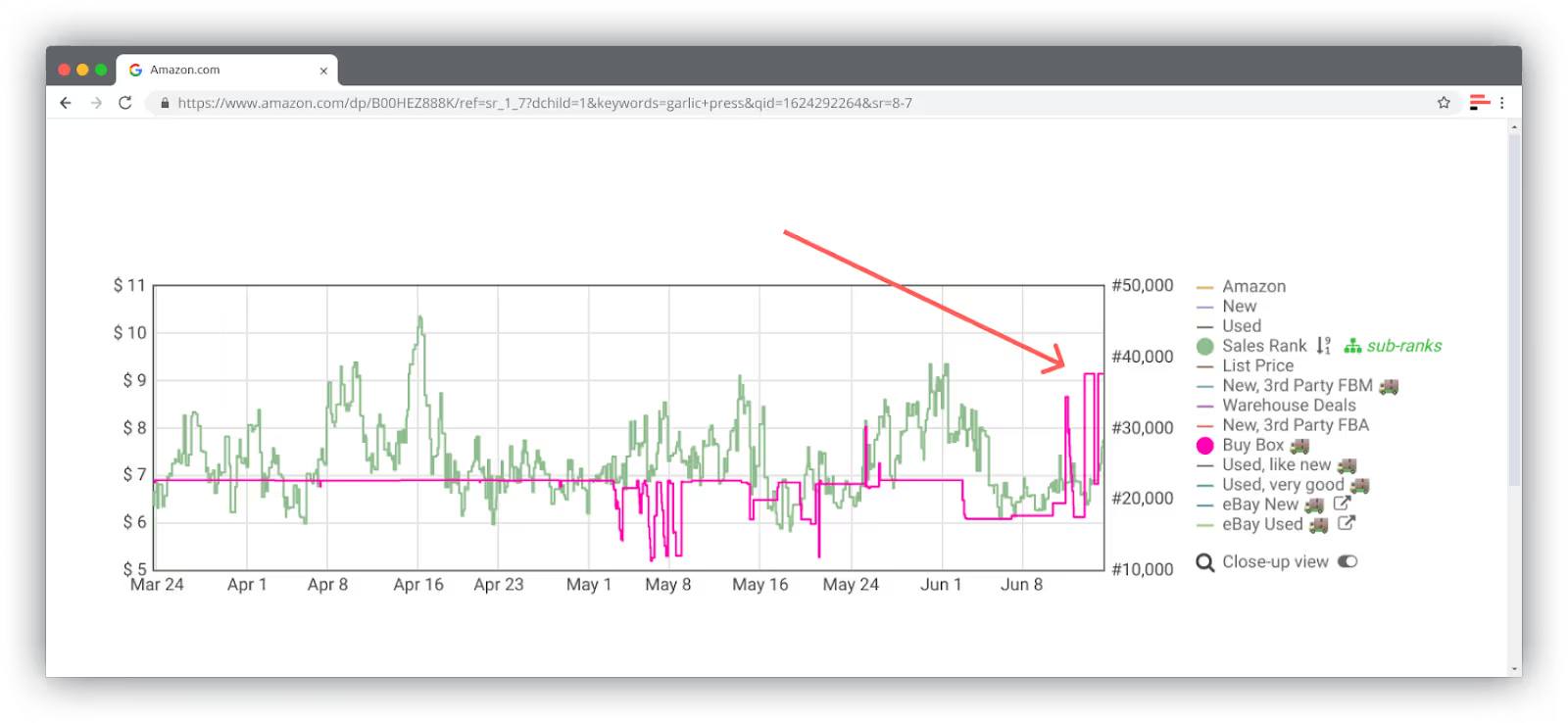
That can happen if the title seller with a low price is sold out of their stock and fails to refill inventory. You should be careful with such a product. It can happen that a competitor will soon come back with the same low price, and you won’t be able to win the Buy Box.
Related: What is Amazon Buy Box Listing Suppression?
A dozen ways to find suppliers for reselling on Amazon.com and a checklist to verify them
5. How Many FBA Merchants Sell a Product?
There are two types of sellers on Amazon: FBA (Fulfillment by Amazon) and FBM (Fulfillment by Merchant). FBA sellers deliver products from Amazon warehouses, while FBM sellers take care of fulfillment themselves.
If there are more than two FBA sellers in the listing, most likely, it’s possible to sell that product, and you can proceed with researching the rest of the parameters.
However, if more than 10 FBA merchants sell the item, a newbie should definitely not deal with such a listing. The competition is too high.
On the other hand, very often, the prices of the sellers competing for the Buy Box are 2-3% higher than the Buy Box price itself. These guys are your competitors. What does it look like in reality? Where to look?
Let's assume that the listing’s Buy Box price is $100, and the sellers’ prices are $100, $102, and $110. That means there are only two of them that actually compete. The price of the third one, $110, is too high. It will rarely hit the Buy Box.
Related: Online Arbitrage Unit Economics: How To Calculate It
Online Arbitrage vs Wholesale on Amazon. What is the difference?
%2520on%2520a%2520product%2520listing%2520with%2520the%2520Add%2520to%2520Cart%2520and%2520Buy%2520Now%2520buttons.avif)
As a rule, if the seller's price exceeds the Buy Box price by 3% or more, they are not considered competition.
Related: Amazon FBA and FBM Fees
Online Arbitrage vs Retail Arbitrage on Amazon
6. Is Amazon a Seller?
If Amazon is among the sellers, this product is not good for inexperienced sellers. The reason is simple – e-commerce giant can source bulk product quantities from suppliers for the best price and thus occupy the Buy Box forever. And even if you're able to offer an equal price, Amazon may not give you Buy Box.
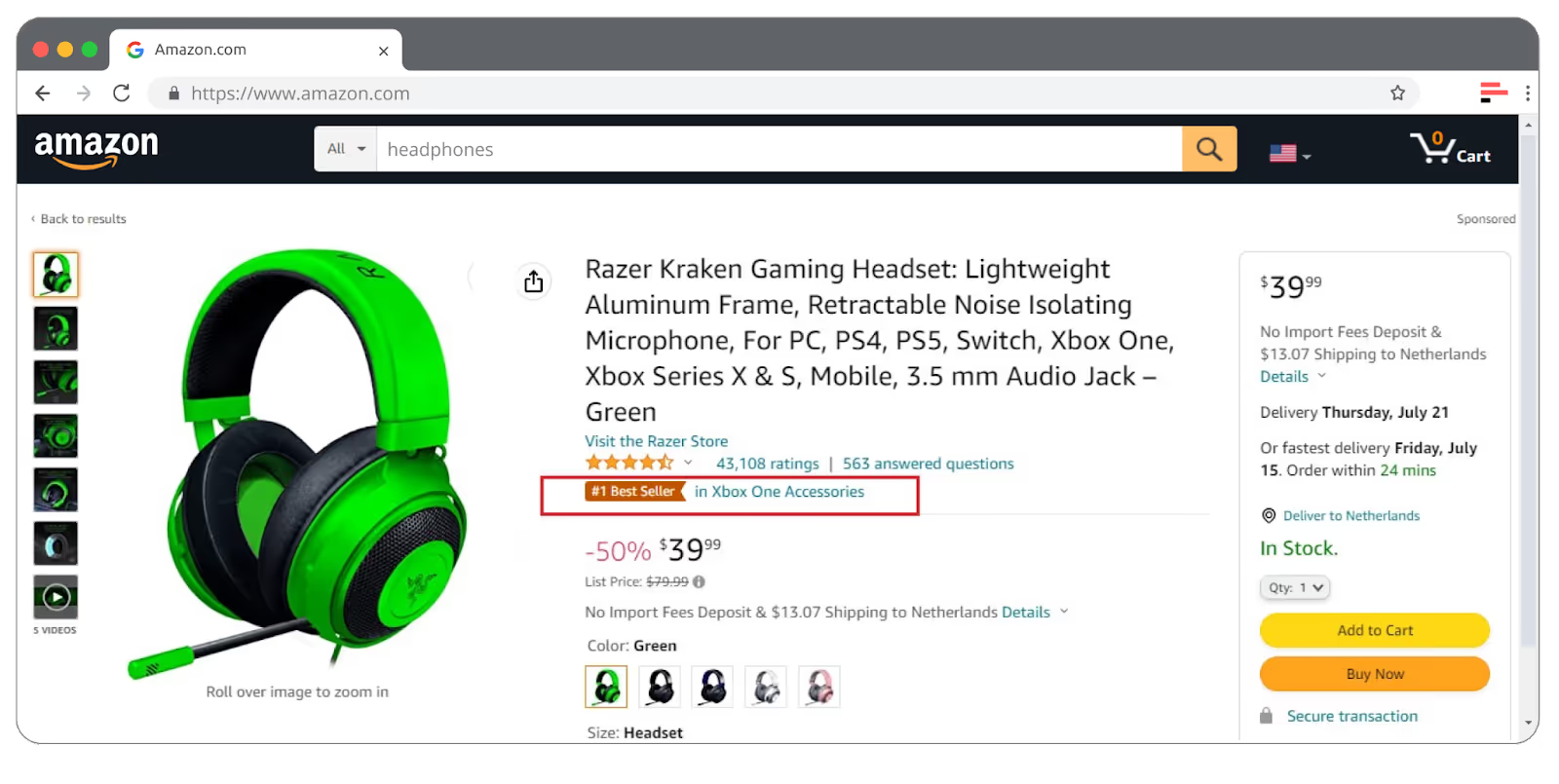
If Amazon has been selling in the listing but recently disappeared - don’t harbor futile hopes. It’s highly likely they will be back soon. But if Amazon has not been selling on the listing for more than three months, you can start sourcing this item.
Related: Amazon Seller Central: Complete Guide
How to Sell on Amazon as an Individual Seller - Complete Guide
7. How Old Is the Product Page?
On average, 3 months is enough to accumulate sufficient data and product ratings to reflect its sales history.
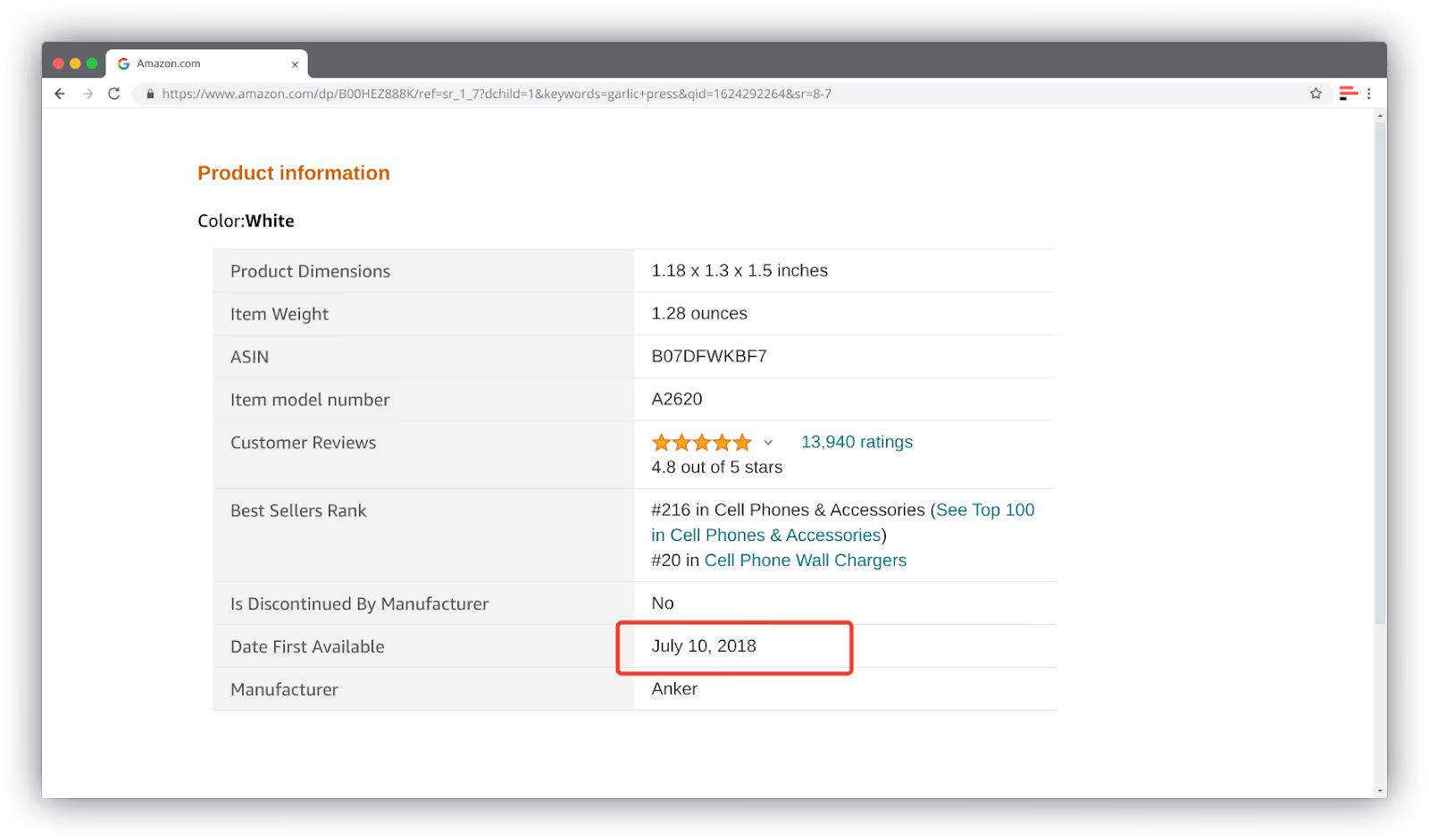
On the other hand, what if the product looks profitable, but the product page is less than 3 months old? It’s better to wait until the product has gained reviews and ratings. Otherwise, it may turn out that returns and negative reviews will soon begin to pour in, and sales will drop.
Related: 13 Ways to Make Money on Amazon in 2023
How to Create an Amazon Seller Central Account
8. Are Product Variations Compliant with Amazon Rules?
Product variations are different sizes, colors, models, etc. If the product has variations, you must check whether they comply with Amazon rules. Read more here (the link opens only in the Seller Central account).
Sometimes sellers try to include inconsistent items in variations family. For instance, a red mug cannot be a variation of a teaspoon, glass, or vase. In this example, variations are red and green mugs of the same shape and size or blue mugs of the same shape but different sizes.
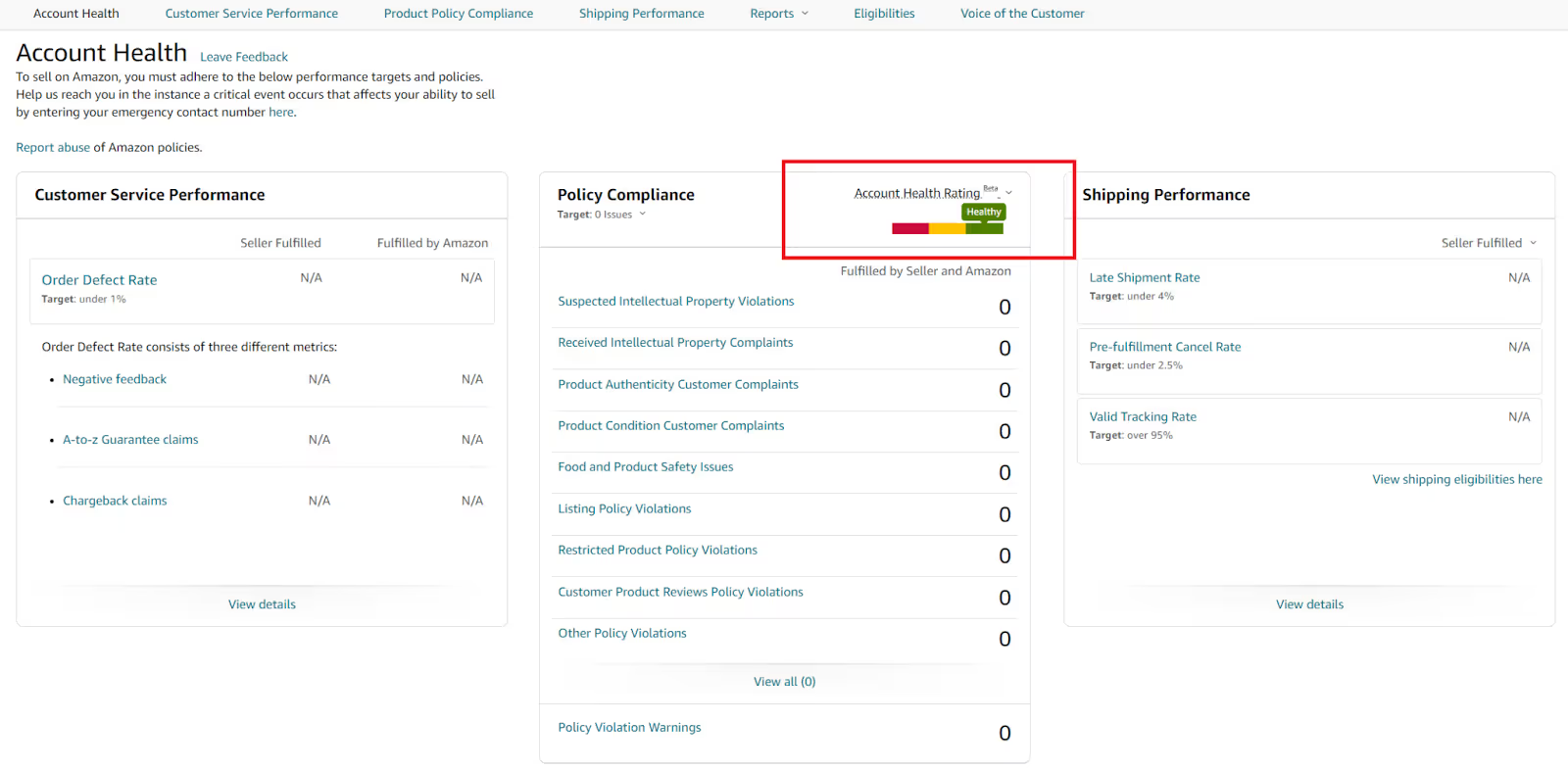
Price manipulation is also a violation. For example, a product costs $10, and a set of two costs $30. Amazon doesn’t allow this.
If the variation does not comply with the rules, Amazon will most likely split them into separate pages. This will lead to a decrease in traffic and the number of sales.
You should also understand that BSR is shared across the entire variation family, so the estimated number of sales needs to be divided between all items in the variation. How do you know the proportion? Look at the number of reviews for each variation product. More reviews mean more sales.

Related: Amazon Product Policy Compliance - Guide For Sellers
Amazon IP Complaint: What Amazon Sellers Need to Know About
9. How Are the Product Reviews?
Forget about the products with no reviews or bad reviews. The former doesn’t sell; the latter may sell but will generate many returns. You should only focus on products that will sell without any doubt.
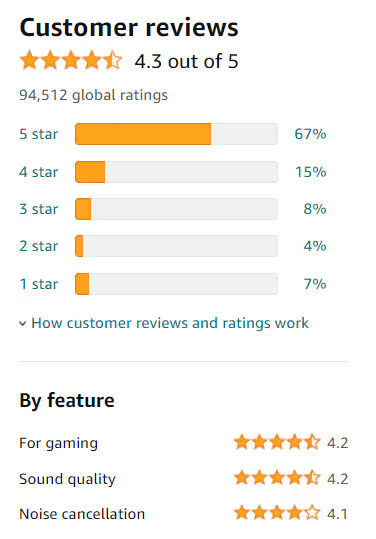
Don’t forget that the cost of returns is a significant drain on profits. Analysis of reviews is a way to save on unnecessary expenses.
Related: How to Remove Negative Feedbacks and Reviews on Amazon
How to Handle Negative Reviews on Amazon
10. Is the Product Oversize?
Some products are not sold by FBA (Fulfillment by Amazon) sellers. That may mean sellers send them directly to the buyer, not from Amazon warehouses. Why is that? Amazon splits products by size into Standard and Oversize categories. Oversize are large items stored in special Amazon warehouses. Storage and fulfillment of such products cost significantly higher than for Standard goods.

Sellers don’t store Oversize items in Amazon warehouses because it’s too expensive. Due to extra fees, the margin is lower, and a cheaper warehouse is the better option. If you do not have experience in logistics yet, don’t deal with Oversize goods.
How to know whether a product belongs to this category? The easiest way is to use Seller Assistant App extension, which displays a notification on the product page.
Related: How to Use an Amazon Prep Center to Enhance Your Business
Amazon Return Policy for Sellers - All You Need To Know
11. Is the Item Fragile?
Glass, ceramic, and other fragile items require special handling before shipping to Amazon warehouses. They are packed in bubble wrap, and this incurs extra costs.
In addition, remember to include extra expenses for broken inventory.
Prep centers know how to treat such goods, but some do not deal with this category at all. That means you will have problems finding a contractor.
Related: What Is VPN? Why Do I Need VPN For Online Arbitrage
Do You Need a Business License to Sell on Amazon?
12. Do You Need a Permit from Amazon to Sell the Product?
Before sourcing a product, ensure that Amazon allows you to sell it and it doesn’t belong to a restricted category. Amazon often limits the eligibility to trade specific brands or categories.
When you try to create a listing for such a product, you will see a notification and a form requiring you to upload documents to obtain permission. For example, you may be asked to provide an invoice from a supplier for at least 10 items or an authorization letter.
Related: How to Sell on Amazon for Beginners - Complete Guide
Amazon Restricted Products: Complete Guide for Sellers

After you’ve submitted the documents, Amazon will allow you to sell the product.
Related: Amazon FBA Storage Fees Explained
Best Online Arbitrage Websites for Lead Sourcing
13. Does Your ROI Exceed 20%?
Return on Investment (ROI) is a metric that shows the return on invested capital. The more ROI, the better. Typically, the dropshipping model has higher risks, but the ROI is higher. If you source your items from wholesalers, you will probably have an ROI of about 10%, but fewer risks are involved.

The minimum recommended threshold for Online Arbitrage is 20%. But on average, the more products in your portfolio, the lower the figure.
You should also keep in mind that there are such metrics as turnover. If your product is stuck in the warehouse, that reduces the business’ ROI. If you have the ROI of 20% and a turnover of 2 months, then on average, you will grow by 10% per month.
Related: Amazon Profit Margin for Sellers: How to Achieve Healthy Margins
Amazon Online Arbitrage Lead Sourcing Services. Comparison
Is there Any Way to Make Product Research Easier?
Yes. There is a variety of seller tools that simplify the research.
Seller Assistant Аpp is one such tool. It’s an all-in-one extension that incorporates the features vital for product research. Advanced IP Alerts can immediately tell you if a product has any sales restrictions or has led to problems with account health in the past. It combines an FBM&FBA profit calculator, Quick View, Stock Checker, and Restrictions Checker in one tool.
You can also buy deals. Companies and professional researchers sell ready-made deals (information about what and where to sell on Amazon). Seller Assistant Deals is the online marketplace for buying and selling Amazon Online Arbitrage deals. It helps OA sellers new to Amazon to start and scale their business with low risk. The marketplace also offers excellent opportunities for deal researchers who want to monetize their product sourcing skills.
Сhecking each product and each deal is also essential. This way, you will gain experience faster. You will develop certain familiarity skills helping you find profitable products more quickly.
Related: Amazon Glossary for Sellers
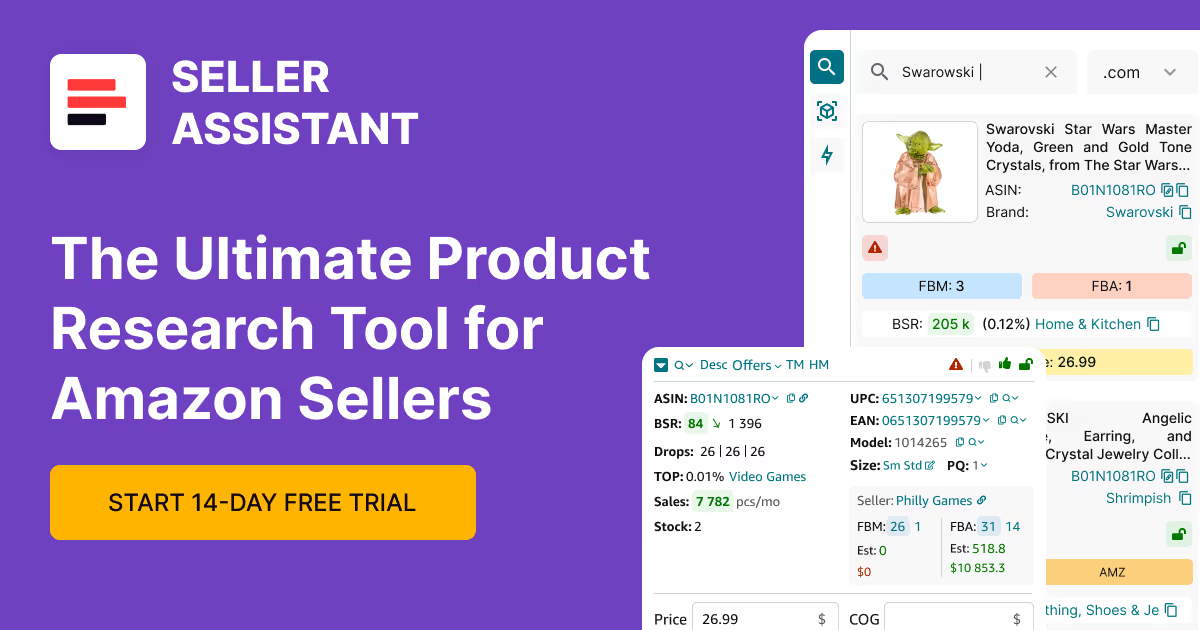
.svg)













